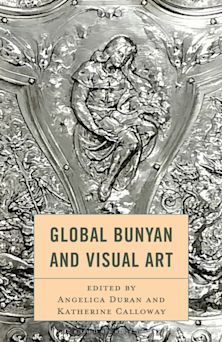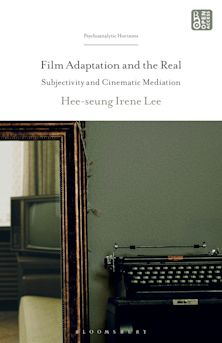Auditory Perception in Twentieth-Century Self-Narratives
Oto-bio-graphical Subjects
Auditory Perception in Twentieth-Century Self-Narratives
Oto-bio-graphical Subjects
Description
Examines the connection between auditory perception and the formation of subjectivity and identity in 20th-century autobiographical literature, drawing a parallel between poststructuralism and the decentered subject in self-narratives.
Throughout the 20th century, auditory perception became a significant area of inquiry across diverse disciplines, particularly within psychoanalysis, philosophy, and through the lens of poststructuralist thought. Auditory Perception in Twentieth-Century Self-Narratives identifies how these theories converged in their understanding of hearing as a fundamental aspect of development and experience, which in turn led to a decentering and reformulation of the written autobiographical self.
Claudia Cerulo draws connections between auditory perception and the formation of the self in both theoretical and literary texts. Drawing from both psychoanalysis and poststructuralism, the first part of the book engages with the interest of 20th-century theorists in sound, examining terms and usage from Derrida, Lacoue-Labarthe, Nancy, Irigaray, Kristeva, and Cixous. The second part of the book then close-reads three autobiographical works, Elias Canetti's Die gerettete Zunge (The Tongue Set Free), Nathalie Ginzburg's Lessico famigliare (Family Sayings), and Nathalie Sarraute's Enfance (Childhood). In these three case studies, acoustic perception is more than a mere episode or decorative element. Instead, it interacts, either directly or indirectly, with all levels of discourse, ranging from the stylistic to the metaphorical. These works thus artistically anticipate what would be theorized only a few decades later and create the conditions for a pre-verbal apprehension of the world, raising questions about the ineffable source of writing and the writing process itself.
Table of Contents
Introduction
1. Thinking with the ear
- Auditory perception and psychoanalysis
- Auditory perception and philosophy
- From Narcissus to Echo
2. Writing by ear
- From autos to oto
- Listening and self-narrative
- Self-narratives in the Age of Suspicion
- Towards a phenomenology of oto-bio-graphy
3. The school of silence
- Three oto-geo-graphical authors
- The acoustic dimension of writing
4. The school of hearing
- Resonances, echoes, and musical metaphors
- Earliest memory
- Paternal figures
- Maternal figures
5. Conclusions
Bibliography
Index
Product details

| Published | 13 Nov 2025 |
|---|---|
| Format | Ebook (Epub & Mobi) |
| Edition | 1st |
| Extent | 216 |
| ISBN | 9798765139189 |
| Imprint | Bloomsbury Academic |
| Publisher | Bloomsbury Publishing |
Reviews

ONLINE RESOURCES
Bloomsbury Collections
This book is available on Bloomsbury Collections where your library has access.


































